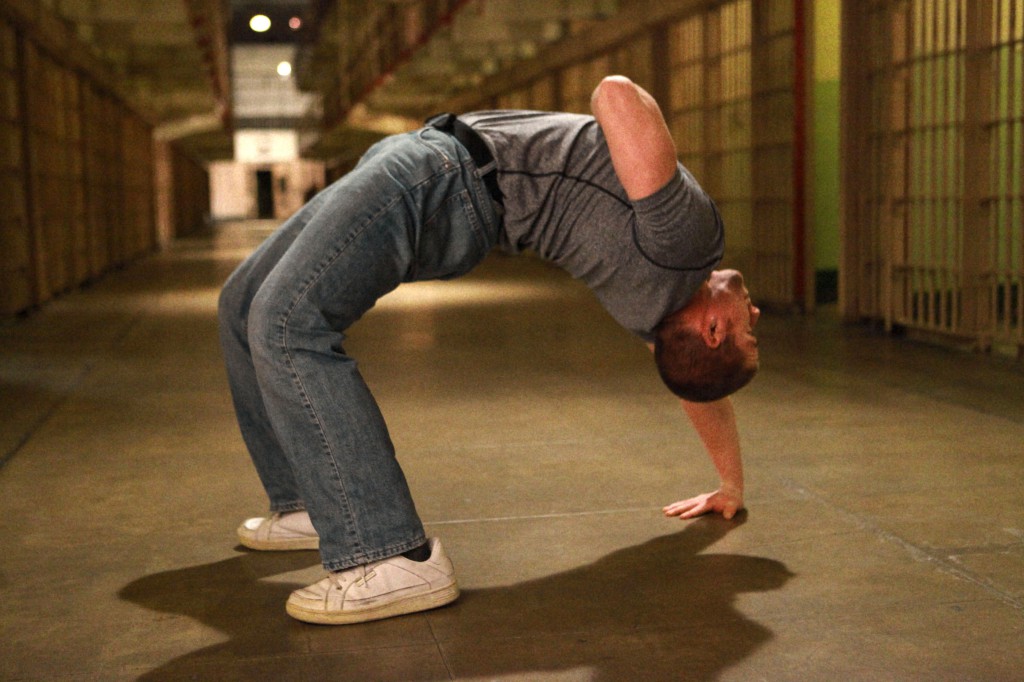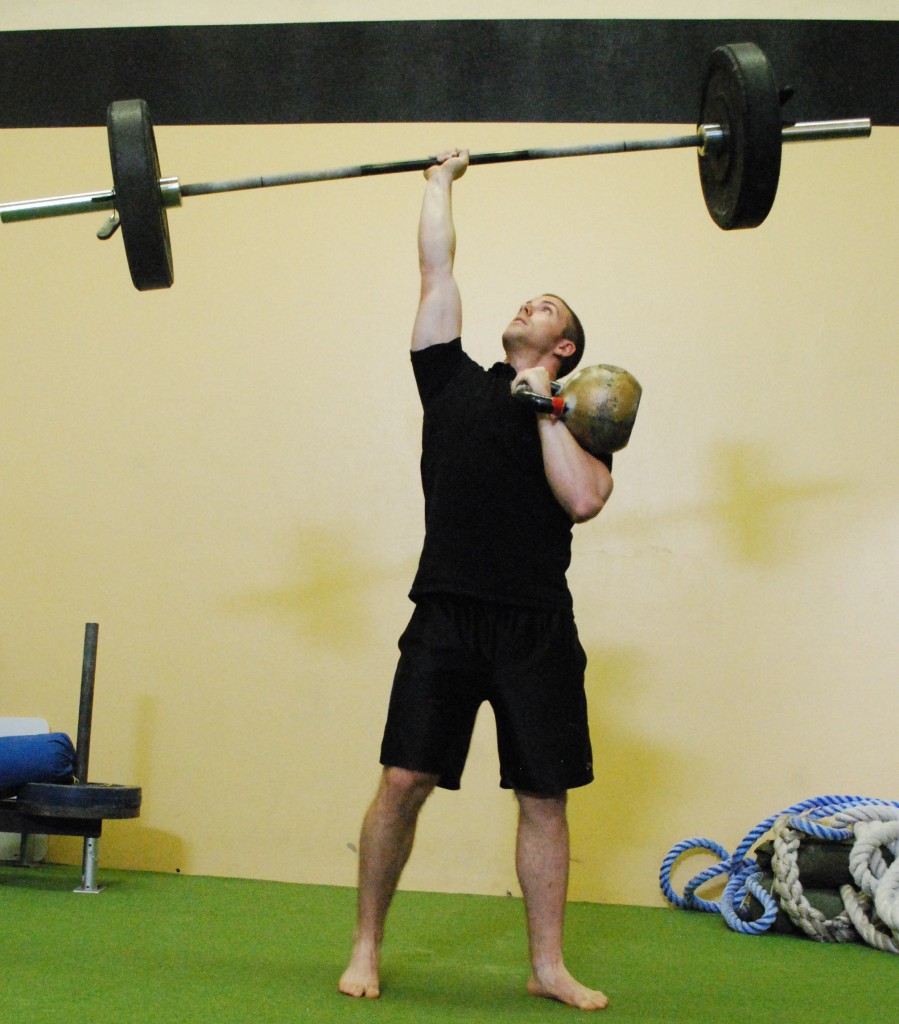What is the primary goal of exercise? What is the primary objective to training at all?
The answer is that it depends entirely on the individual. However, most of us will fall into the health category. This would include anyone who is not a professional athlete getting paid for their level of performance. Fitness and Health typically go hand in hand, but Health is the primary goal. It is possible to be fit (physically) but to be unhealthy (pain, disease, malnutrition). Therefore we must look at Health first. Then we can address fitness and performance.
There are a few cases where you may have to sacrifice health to excel at a sport (i.e. cutting weight for wrestling, or taping up an ankle instead of resting because you are the star quarterback playing in the Superbowl.)
As you can see those instances are few and far between. So focus on Health before performance. The really cool part is that being healthy will actually unlock your potential by eliminating negative effects of distress/sickness.
When you are in pain or unhealthy, a couple things will happen:
1) Cortisol (stress hormone) is elevated constantly from pain which decreases growth hormone, testosterone, muscle growth, recovery, strength, etc.
2) Pain is depressing and will be psychologically damaging over time. Do not develop an association between pain and exercise!
3) When you feel pain, your brain will compensate by making you weak, tight, or both so you don’t do any more damage. This obviously makes you weaker or stiffer–the last thing you want.
4) Basic nutrient deficiency can also play a factor in your decreased health and performance
-Fatigue
-Apathy
-Simple Vitamin D deficiency, for example, can cause muscle fatigue, weakness, and even depression
So realize, moving forward, that health is not only a precursor to fitness and performance, but health enhances performance, as well as quality of life.
Common Sense
My best friend’s dad told us when we were young that, “Common sense isn’t very common.”
I have found the last couple decades to have confirmed that statement.
So, with that said, here is an abbreviated list of the most important common sense to be applied to your training.
1) If it hurts, don’t do it.
2) Don’t try to put square pegs into round holes.
3) Heavier does not mean “better.”
4) More does not mean “better.”
5) Your personal goals are yours and yours alone, and they are meaningful
6) You don’t have to do anything
Keep these simple things in mind when you approach your training or coaching.
Fitness Folks
The overwhelming majority of exercisers want the following things in this order:
1) Look better
2) Lose Fat and Build Muscle (see #1)
3) Feel better
4) Get stronger
This is an important reality to understand whether you are a coach or athlete.
Even if you think you are neither of the above, you are an athlete; you just play a different sport.
Maybe your sport is losing ten pounds or walking up the stairs without getting tired after the first 5 steps. We all have goals and should approach them with the same dedication that professional athletes pursue their own goals.
Educate yourself, and attack your goals, whatever they are.
The first thing you have to do is to simply be healthy.
Then move well.
About Max Shank, Master RKC: Max Shank is not only an extremely gifted teacher, but one of the most well-rounded and capable athletes in the world. From excelling in Muay Thai and Jiu Jitsu to performing impressive feats of strength in weightlifting and gymnastics, Max has… Read more here.



